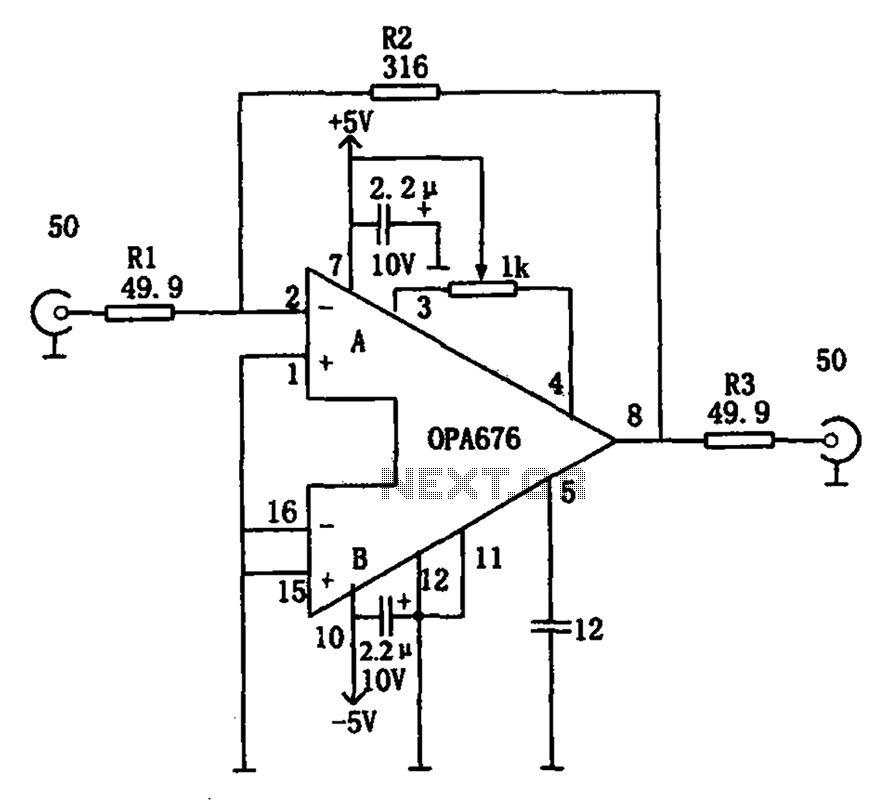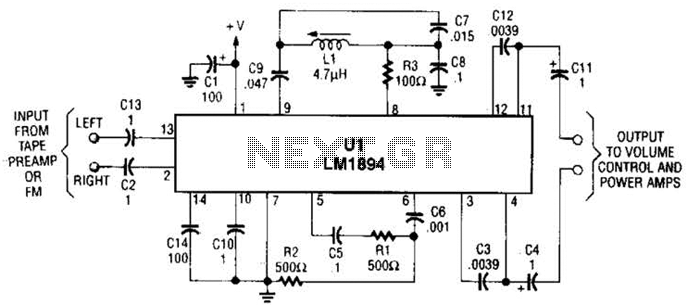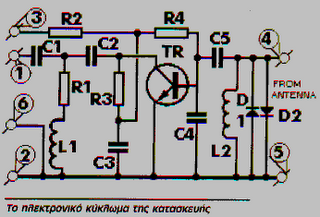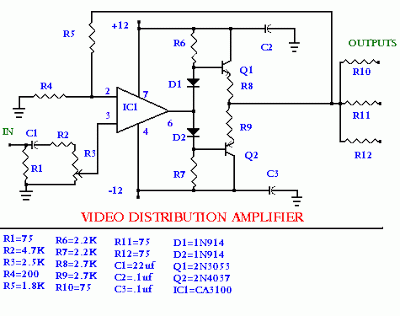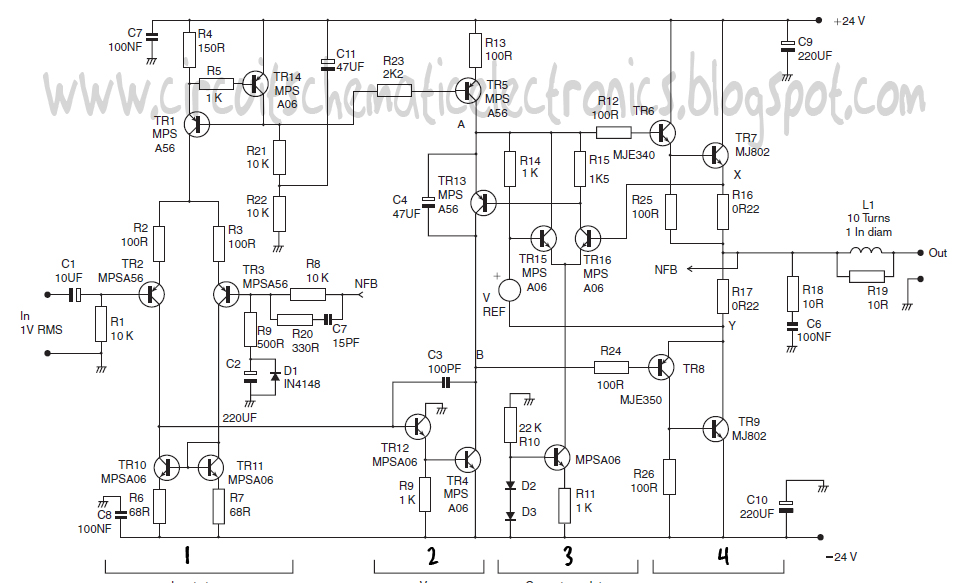
et1602 circuit diagram
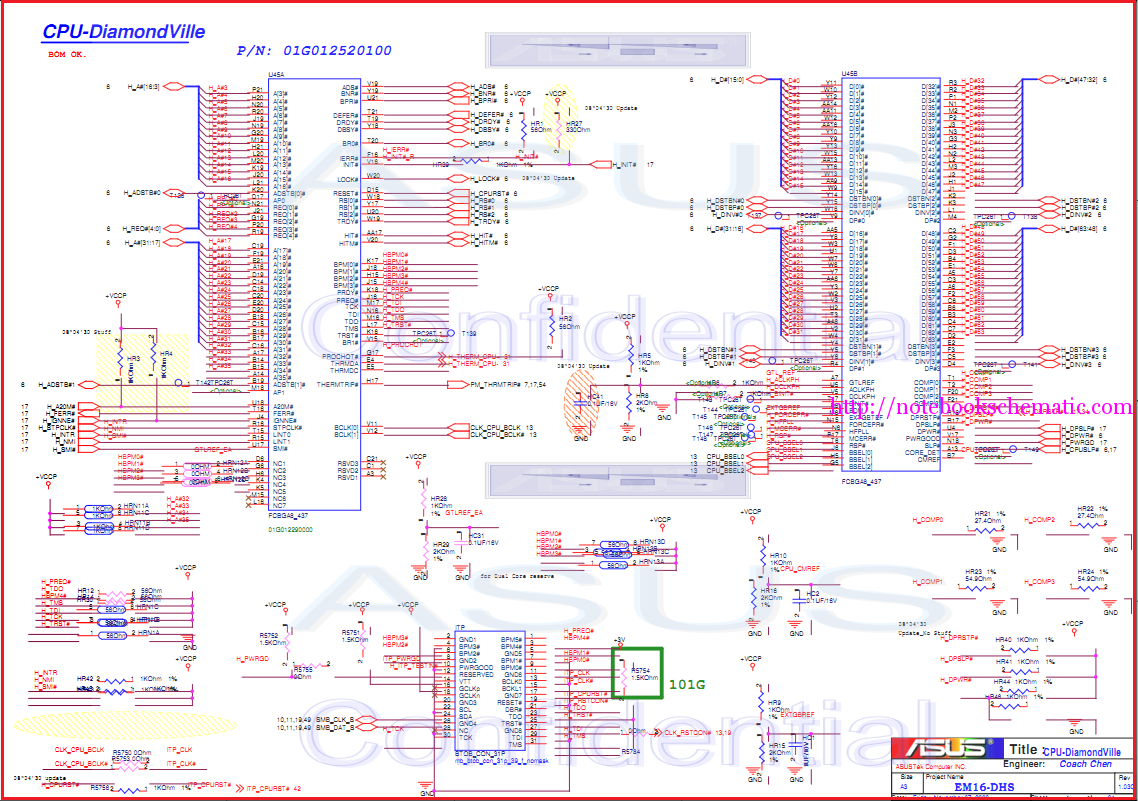
Laptop schematic circuit diagram for laptop repair and laptop BIOS password removal.
The laptop schematic circuit diagram serves as a crucial resource for technicians and engineers involved in laptop repair and maintenance. This diagram provides a detailed representation of the electrical connections and components within a laptop, allowing for systematic troubleshooting and repair processes.
The schematic typically includes various sections such as power management circuits, processor connections, memory interfaces, and peripheral component interconnects. Each component is represented with standardized symbols, and the connections between them are illustrated with lines that denote electrical pathways.
In the context of BIOS password removal, the schematic can be particularly beneficial. It may highlight specific points in the circuit where technicians can access the BIOS chip or related components to reset or bypass the password protection. This process often involves understanding the role of the EEPROM (Electrically Erasable Programmable Read-Only Memory) where the BIOS settings, including passwords, are stored.
Moreover, the schematic may include notes on voltage levels and signal paths, which are essential for diagnosing issues such as power failures, boot problems, or hardware malfunctions. Understanding these elements allows for effective repairs and modifications, ultimately enhancing the performance and longevity of the laptop.
Overall, a comprehensive laptop schematic circuit diagram is an invaluable tool that aids in the efficient repair and maintenance of laptops, facilitating a deeper understanding of their intricate electronic systems.Laptop Schematic Circuit Diagram for Laptop Repair, Laptop Bios Password Remove.. 🔗 External reference
The laptop schematic circuit diagram serves as a crucial resource for technicians and engineers involved in laptop repair and maintenance. This diagram provides a detailed representation of the electrical connections and components within a laptop, allowing for systematic troubleshooting and repair processes.
The schematic typically includes various sections such as power management circuits, processor connections, memory interfaces, and peripheral component interconnects. Each component is represented with standardized symbols, and the connections between them are illustrated with lines that denote electrical pathways.
In the context of BIOS password removal, the schematic can be particularly beneficial. It may highlight specific points in the circuit where technicians can access the BIOS chip or related components to reset or bypass the password protection. This process often involves understanding the role of the EEPROM (Electrically Erasable Programmable Read-Only Memory) where the BIOS settings, including passwords, are stored.
Moreover, the schematic may include notes on voltage levels and signal paths, which are essential for diagnosing issues such as power failures, boot problems, or hardware malfunctions. Understanding these elements allows for effective repairs and modifications, ultimately enhancing the performance and longevity of the laptop.
Overall, a comprehensive laptop schematic circuit diagram is an invaluable tool that aids in the efficient repair and maintenance of laptops, facilitating a deeper understanding of their intricate electronic systems.Laptop Schematic Circuit Diagram for Laptop Repair, Laptop Bios Password Remove.. 🔗 External reference
Warning: include(partials/cookie-banner.php): Failed to open stream: Permission denied in /var/www/html/nextgr/view-circuit.php on line 713
Warning: include(): Failed opening 'partials/cookie-banner.php' for inclusion (include_path='.:/usr/share/php') in /var/www/html/nextgr/view-circuit.php on line 713
